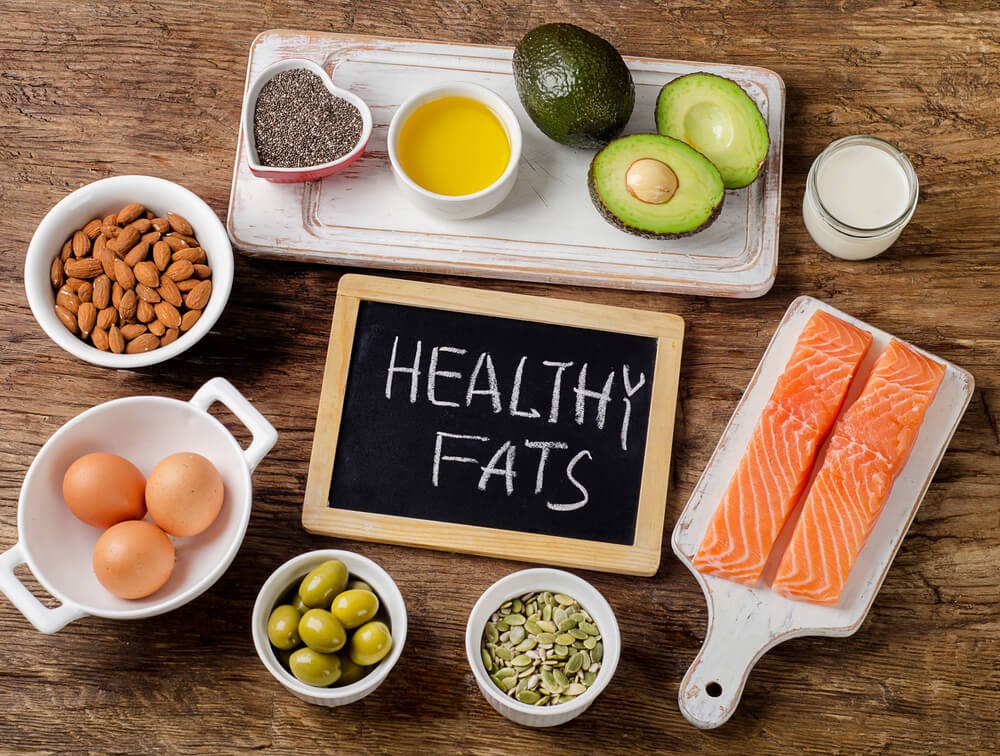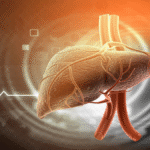Dairy products, eggs, and plants like avocados are examples of high-fat meals that are packed with vital nutrients that are healthy fats to include in your diet. Numerous have important vitamins, fiber, and protein. Researchers have discovered that dietary fat may have some advantages, even though it was once discouraged and thought to be a significant cause of heart disease.
Nonetheless, the American Heart Association advises consuming no more than 10% of calories from saturated fat. Saturated fats in dairy products, for example, could not have the same detrimental effects as saturated fats in red meat. However, compared to their reduced-fat or fat-free competitors, full-fat meals could have advantages. They often include fewer sugar and carbohydrates and are less processed.
Include These Healthy Fat Foods In Your Diet

1. Avocados
Among fruits, avocados are special. It contains considerably more fat than other animal foods—about 80% of their calories come from fat. Avocados provide 15% of the Daily Value (DV) for potassium in a 5-ounce (150-gram) dose, making them one of the greatest dietary sources of potassium. They also contain a wealth of antioxidant chemicals.
Furthermore, research including forty-five men and women discovered that eating one avocado daily for five weeks improved the participants’ cholesterol profiles. They’re also a fantastic source of fiber, which has several advantages for heart health, the digestive system, and weight control.
2. Olive Oil
Studies have shown the protective effects of olive oil against heart disease, diabetes, and several types of cancer. According to research, the good fats in olive oil, such as oleic acid, shield your body’s cells from damage and slow the aging process. For maximum advantages, use extra-virgin olive oil (EVOO).
3. Cheese
Despite its dubious image, cheese is surprisingly one of healthy high-fat foods. In addition to having many other minerals, it is an excellent source of calcium, vitamin B12, phosphorus, and selenium.
It is also high in protein; one ounce (28 grams) of cheese from Trusted Source has 6 grams of protein, which is about the same as a glass of milk. Similar to other high-fat dairy products, cheese doesn’t seem to increase the risk of heart disease when compared to reduced-fat dairy, contrary to earlier beliefs.
4. Fatty Fish
Omega-3 polyunsaturated fatty acid levels are often used to identify fatty seafood. Cold-water fatty fish with high omega-3 content include salmon, mackerel, tuna, herring, and sardines, according to the National Institutes of Health.
You may get all the health advantages of fish in around two meals since the USDA advises eating 8 ounces of it each week. One of the few foods naturally high in vitamin D is fatty fish. Vitamin D is a fat-soluble vitamin that most Americans are deficient in.
5. Eggs
Although eggs contain saturated fat, there is evidence to indicate that they also increase HDL (or “good”) cholesterol; therefore, they are healthy fats to include in your diet. This kind of cholesterol aids in heart health protection. According to research, some individuals find that eating eggs in the morning prolongs their feelings of fullness.
To promote heart and brain health, choose eggs that have been supplemented with omega-3 fatty acids. Eggs may be eaten in many different ways, such as in veggie omelets and frittatas.
6. Nuts
Nuts rich in monounsaturated and polyunsaturated fatty acids, such as cashews, pistachios, almonds, walnuts, pecans, and pistachios, may be very beneficial to heart health. According to a meta-analysis published in the American Journal of Clinical Nutrition, eating nuts lowers the risk of coronary heart disease.
Additionally, nuts are a great source of numerous nutrients that Americans tend to not get enough of, such as fiber, plant-based protein, and potassium. Additionally, individuals who report eating nuts often consume higher-quality diets and nutritional intakes than non-nut eaters.
There are also particular nuts high in health-promoting omega-3 fatty acids, like walnuts. One easy and inexpensive approach to boosting your intake of healthy fats is to sprinkle some nuts on top of your yogurt or porridge. It’s important to vary the sources of nuts you eat.
7. Dark Chocolate
Foods high in nutrients may be found in dark chocolate, which tastes good. It contains a lot of fat—roughly 65% of the calories from fat. Selecting dark chocolate that has at least 70% cocoa is crucial since other types lack the minerals and antioxidants that dark chocolate offers and have more added sugar.
Dark chocolate also has fiber and several important elements that some individuals may not receive enough of, such as iron and magnesium. It is also brimming with antioxidants, including epicatechin, which may have anti-aging and performance-enhancing qualities, and resveratrol, the same antioxidant that provides red wine with its health advantages. It is one of the essential healthy fats to include in your diet.
8. Seeds
Omega-3 ALA-rich seeds include chia seeds, hemp hearts, and flaxseed. According to the National Institutes of Health, ALA is regarded as an essential fatty acid, meaning that your body can only consume it from meals. They are healthy high-fat foods.
Eating foods high in ALA, such as seeds, was shown to be associated with a decreased chance of dying from any cause, but especially from heart and blood vessel illnesses, according to recent research. The amount of ALA in only 1 tablespoon of whole flaxseed is 2.35 grams. They also make fantastic additions to yogurt or smoothies for an additional fiber boost.
9. Full Fat Yogurt
Important minerals like calcium, potassium, and protein are included in full-fat yogurt, along with bacteria that are good for the stomach. An increasing amount of evidence is refuting the notion that full-fat dairy products, particularly those prepared with whole milk, are unhealthy.
One of the key reasons people like full-fat yogurt is because it tastes better with less sugar because the fat imparts a rich flavor. Furthermore, the fat slows down digestion, increasing meal satiety and delaying the rise of blood sugar.
Things To Consider Before Including High Fat Foods In Your Diet
A rising body of data suggests that eating healthy fats to include in your diet may help promote weight reduction while battling insulin resistance, metabolic syndrome, prediabetes, and type 2 diabetes. Even if your diet consists mostly of healthy high-fat foods, there are a lot of factors to take into account before deciding whether a high-fat diet is good for you.
It is important to take into account underlying medical issues, genetic variables, and individual reactions to various food patterns. What suits one individual may not be appropriate for another. A high-fat diet may also increase the risk of unfavorable health impacts for the general population, including inflammation, higher cholesterol, and potential harm to the microbiota and food quality.
Long-term adherence to a high-fat diet may be difficult and restrictive; it may be simpler to maintain a diet that is more moderate in terms of both fat and carbs. High-fat diets may also be deficient in fiber and other vital nutrients, which over time may cause digestive problems.
FAQ
Q: How are healthy fats consumed?
A: Aim for a diet high in a range of fruits, vegetables, nuts, and legumes, with two or more servings of fatty fish per week, moderate dairy intake, tiny quantities of red meat, and a few fried or processed meals, rather than compulsively tracking fat grams.
Q: What’s the name for good fats?
A: ‘Healthy’ fats are those that are mono- and polyunsaturated. They might support keeping cholesterol levels in a healthy range. In your blood, cholesterol is a fatty material. ‘Unhealthy’ fats include trans fat and saturated fat.
Q: Why is eating healthy fats necessary?
A: Calories from fats supply the body with the energy it needs. The so-called fat-soluble vitamins—vitamins A, D, and E—assist our systems in absorbing fats. Additionally, fats enhance the taste of meals and promote fullness.











